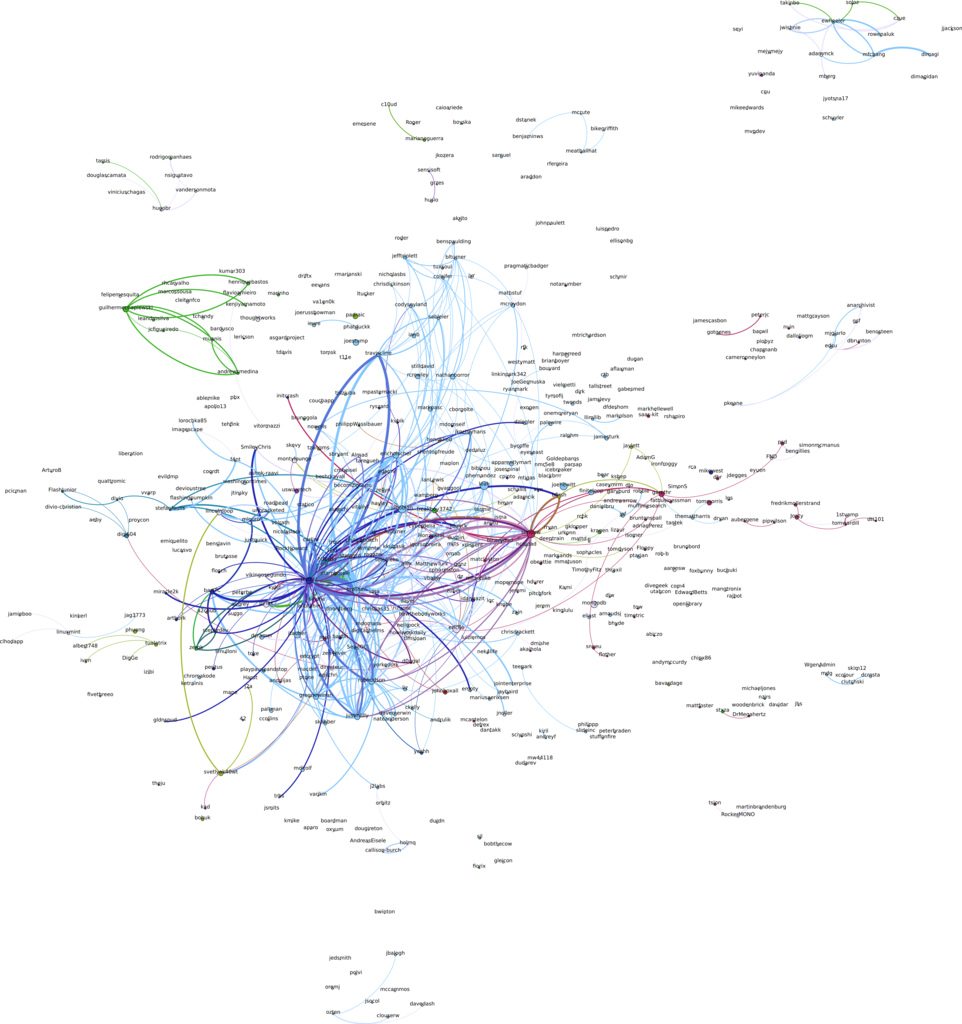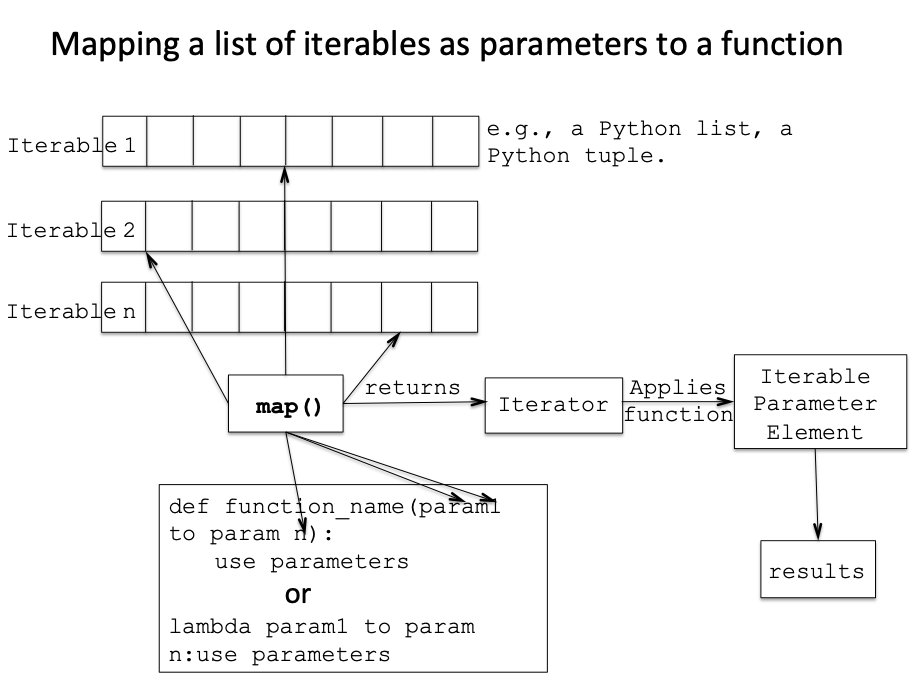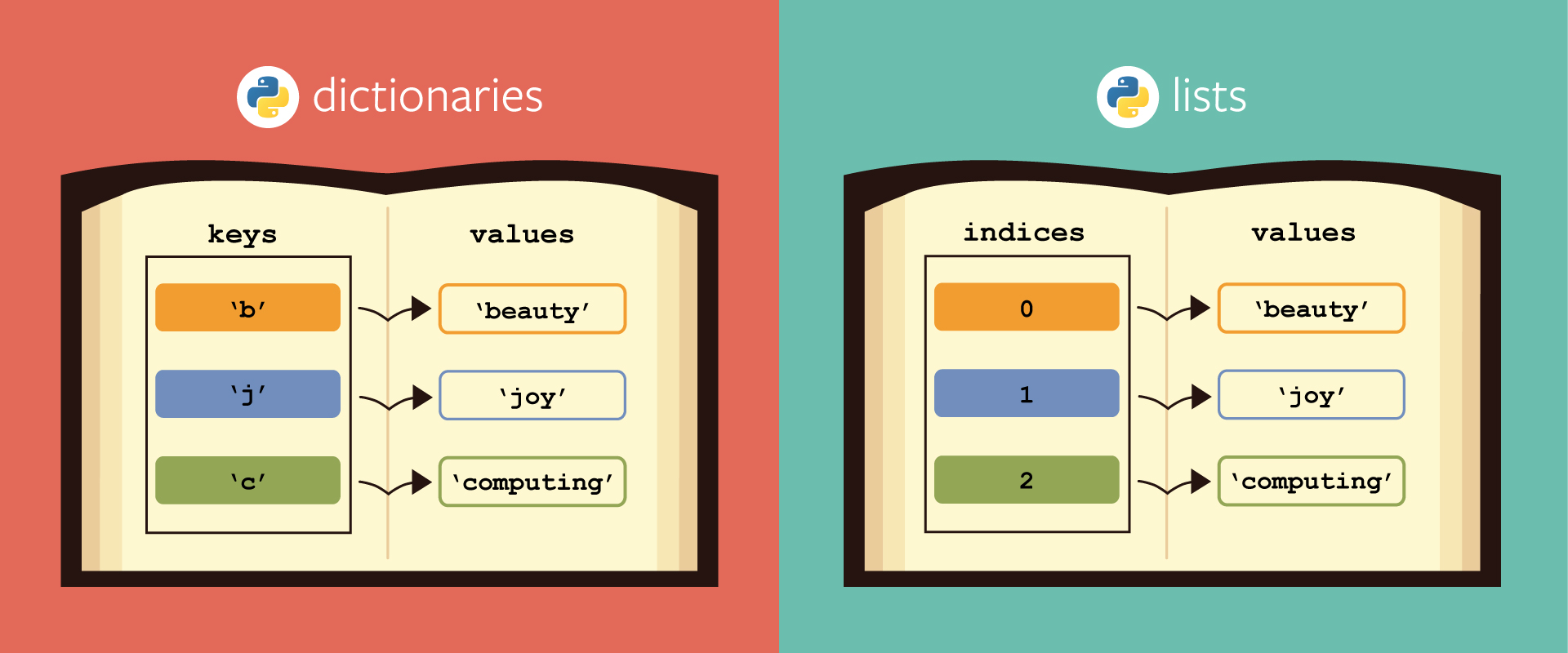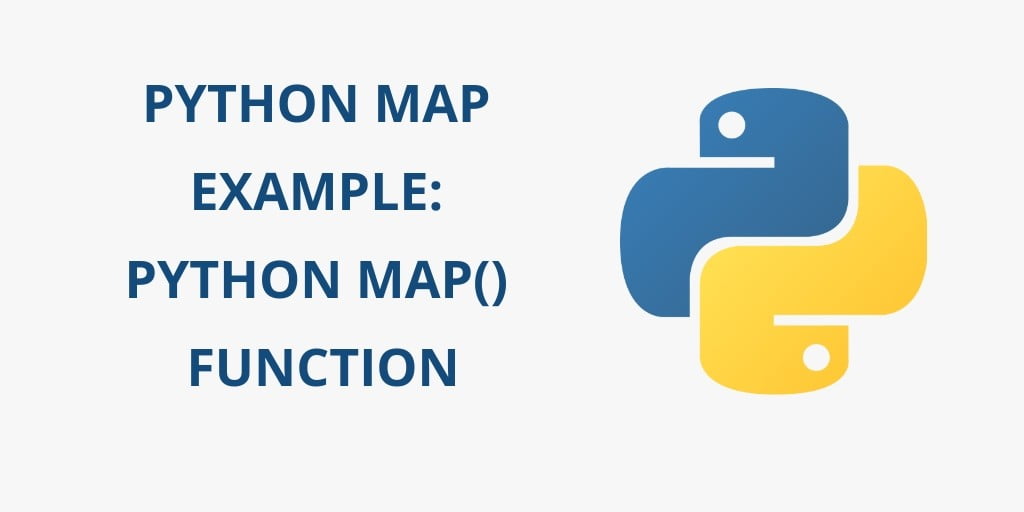Python Map Vs Apply. Is either of them generally more efficient or considered generally more Pythonic than the other? python Python's map () is a built-in function that allows you to process and transform all the items in an iterable without using an explicit for loop, a technique commonly known as mapping. map () is useful when you need to apply a transformation function to each item in an iterable and transform them into a new iterable. map () is one of the tools th. The.map() method is exclusive to being applied to a Pandas Series. Now I want to search in several columns for certain strings. This method is different in a number of important ways: The.apply() method can be applied to either a Pandas Series or a Pandas DataFrame. When comparing them, it is useful to bring up apply and agg as well. The map () method is defined only for Series objects.

Python Map Vs Apply. The apply () method is defined for Series as well as Dataframes. The map() function (which is a built-in function in Python) is used to apply a function to each item in an iterable (like a Python list or dictionary). This method applies a function that accepts and returns a scalar to every element of a DataFrame. When conjured up on a collection, the map() approach takes a feature, one more collection, or a Python thesaurus as its input disagreement. DataFrame.applymap Pandas also provides another method to map in a function, the.apply() method. Following are some of the differences between the pandas map vs apply method. Python Map Vs Apply.
It works with a function, series, or dictionary as its input argument.
The map () method is defined only for Series objects.
Python Map Vs Apply. This write-up talks about pandas map vs put on contrast both approaches. Is either of them generally more efficient or considered generally more Pythonic than the other? python Python's map () is a built-in function that allows you to process and transform all the items in an iterable without using an explicit for loop, a technique commonly known as mapping. map () is useful when you need to apply a transformation function to each item in an iterable and transform them into a new iterable. map () is one of the tools th. The map() function (which is a built-in function in Python) is used to apply a function to each item in an iterable (like a Python list or dictionary). When conjured up on a collection, the map() approach takes a feature, one more collection, or a Python thesaurus as its input disagreement. When comparing them, it is useful to bring up apply and agg as well. The type of Output totally depends on the type of function used as an argument with the given method.
Python Map Vs Apply.











